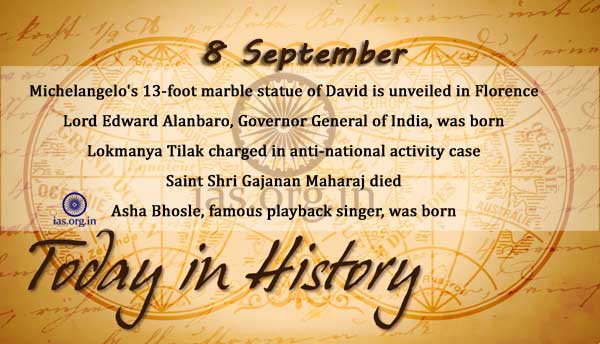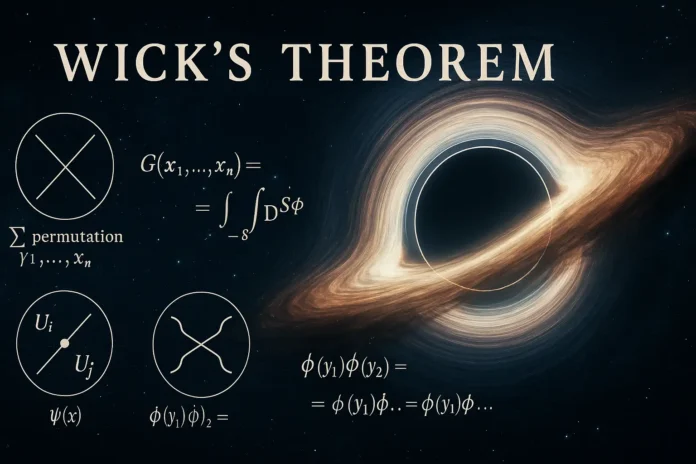Table of Contents
- Introduction
- The Four Fundamental Forces
- The Goal of Unification
- Historical Development
- Gauge Theory Basics
- The Electroweak Gauge Group: SU(2) × U(1)
- Gauge Fields and Field Strength Tensors
- Electroweak Lagrangian Before Symmetry Breaking
- Higgs Mechanism and Spontaneous Symmetry Breaking
- Mixing of Gauge Bosons
- Emergence of Physical Bosons: W±, Z⁰, and γ
- Masses of W and Z Bosons
- Weinberg Angle and Electroweak Mixing
- Couplings to Fermions
- Experimental Evidence: Neutral Currents
- Discovery of W and Z Bosons
- Precision Tests at LEP and SLC
- Electroweak Radiative Corrections
- Role of the Higgs Boson
- The Standard Model as an Electroweak Theory
- Grand Unified Theories and Beyond
- Running Couplings and Unification Scale
- Limitations of Electroweak Theory
- Open Problems and Future Prospects
- Conclusion
1. Introduction
Electroweak unification is the theoretical framework that unifies two of the four known fundamental interactions — the electromagnetic force and the weak nuclear force — into a single coherent gauge theory. It forms a core part of the Standard Model of particle physics.
2. The Four Fundamental Forces
Nature operates through four fundamental forces:
- Gravity
- Electromagnetism
- Weak nuclear force
- Strong nuclear force
Electroweak theory unifies the electromagnetic and weak interactions, leaving gravity and the strong force as separate entities.
3. The Goal of Unification
Unification seeks a deeper understanding by describing multiple forces within a single theoretical framework. Just as electricity and magnetism were unified in Maxwell’s theory, electroweak unification merges weak and electromagnetic interactions into a gauge theory.
4. Historical Development
- 1961: Sheldon Glashow proposes a unified theory using SU(2) × U(1) symmetry
- 1967–68: Weinberg and Salam incorporate the Higgs mechanism
- 1979: Nobel Prize awarded to Glashow, Weinberg, and Salam
5. Gauge Theory Basics
Gauge theories describe interactions via symmetry groups:
- Electromagnetism → U(1)
- Weak interaction → SU(2)
Electroweak theory uses SU(2)\(_L\) × U(1)\(_Y\) as its gauge group, where:
- SU(2)\(_L\): weak isospin
- U(1)\(_Y\): weak hypercharge
6. The Electroweak Gauge Group: SU(2) × U(1)
The gauge group includes four gauge fields:
- \( W_\mu^1, W_\mu^2, W_\mu^3 \) for SU(2)
- \( B_\mu \) for U(1)
These interact with left-handed fermion doublets and right-handed singlets via gauge covariant derivatives.
7. Gauge Fields and Field Strength Tensors
The field strength tensors are:
\[
W_{\mu\nu}^a = \partial_\mu W_\nu^a – \partial_\nu W_\mu^a + g \epsilon^{abc} W_\mu^b W_\nu^c
\]
\[
B_{\mu\nu} = \partial_\mu B_\nu – \partial_\nu B_\mu
\]
These contribute to the kinetic terms in the Lagrangian.
8. Electroweak Lagrangian Before Symmetry Breaking
The electroweak Lagrangian includes:
- Fermionic kinetic terms
- Gauge field kinetic terms
- Interaction terms from covariant derivatives
- Higgs field potential and interactions
No mass terms appear before symmetry breaking.
9. Higgs Mechanism and Spontaneous Symmetry Breaking
A scalar Higgs doublet \( \phi \) is introduced:
\[
\phi = \begin{pmatrix} \phi^+ \ \phi^0 \end{pmatrix}
\]
With a potential:
\[
V(\phi) = \mu^2 \phi^\dagger \phi + \lambda (\phi^\dagger \phi)^2
\]
Spontaneous symmetry breaking occurs when \( \mu^2 < 0 \), yielding a nonzero vacuum expectation value (VEV).
10. Mixing of Gauge Bosons
After SSB, the neutral gauge bosons \( W_\mu^3 \) and \( B_\mu \) mix:
\[
\begin{aligned}
A_\mu &= B_\mu \cos\theta_W + W^3_\mu \sin\theta_W \
Z_\mu &= -B_\mu \sin\theta_W + W^3_\mu \cos\theta_W
\end{aligned}
\]
This yields the physical photon and Z boson.
11. Emergence of Physical Bosons: W±, Z⁰, and γ
The charged and neutral physical bosons are:
- \( W^\pm = \frac{1}{\sqrt{2}}(W^1 \mp i W^2) \)
- \( Z^0 \) (massive)
- \( \gamma \) (massless photon)
These fields correspond to the observable weak and electromagnetic force carriers.
12. Masses of W and Z Bosons
From the covariant derivative and Higgs VEV:
\[
m_W = \frac{1}{2} g v, \quad m_Z = \frac{1}{2} \sqrt{g^2 + g’^2} v
\]
The photon remains massless due to unbroken U(1)\(_\text{EM}\) symmetry.
13. Weinberg Angle and Electroweak Mixing
The Weinberg angle \( \theta_W \) describes the mixing of SU(2) and U(1) fields:
\[
\sin^2 \theta_W = 1 – \frac{m_W^2}{m_Z^2}
\]
Experimentally: \( \sin^2 \theta_W \approx 0.231 \)
14. Couplings to Fermions
Fermions couple to electroweak bosons via:
- Charged currents (W±): change fermion flavor
- Neutral currents (Z⁰): flavor-conserving but parity-violating
- Photon: couples to electric charge
15. Experimental Evidence: Neutral Currents
In 1973, neutral current interactions (mediated by the Z boson) were observed in neutrino experiments, confirming the structure of the electroweak theory.
16. Discovery of W and Z Bosons
In 1983, the W and Z bosons were discovered at CERN using proton-antiproton collisions. Their masses agreed with predictions:
- \( m_W \approx 80.4 \) GeV
- \( m_Z \approx 91.2 \) GeV
17. Precision Tests at LEP and SLC
Experiments at LEP and SLC provided high-precision tests of electroweak theory, confirming:
- The running of the electroweak couplings
- Radiative corrections
- The number of neutrino generations
18. Electroweak Radiative Corrections
Higher-order loop corrections include:
- Vertex corrections
- Vacuum polarization
- Box diagrams
These are vital for precision fits and predicting the Higgs boson mass.
19. Role of the Higgs Boson
The Higgs field completes the theory by:
- Giving mass to W and Z bosons
- Enabling renormalizability
- Explaining mass generation for fermions
The discovery of the Higgs boson in 2012 was the final confirmation of electroweak theory.
20. The Standard Model as an Electroweak Theory
The full electroweak Lagrangian includes:
- SU(3) × SU(2) × U(1) gauge fields
- Fermion generations
- Higgs doublet and Yukawa interactions
This structure describes all observed particle interactions (except gravity).
21. Grand Unified Theories and Beyond
Electroweak unification is a stepping stone to Grand Unified Theories (GUTs) that unify:
- Electroweak and strong interactions
- SU(5), SO(10), E₆ gauge groups
GUTs predict new particles and phenomena (e.g., proton decay).
22. Running Couplings and Unification Scale
The SU(2), U(1), and SU(3) couplings “run” with energy. At very high scales (~\(10^{15}\) GeV), they may unify, supporting the GUT framework.
23. Limitations of Electroweak Theory
- Cannot explain neutrino masses
- Does not include gravity
- Suffers from hierarchy and naturalness problems
- Leaves the origin of parameters unexplained
24. Open Problems and Future Prospects
Key questions:
- What is the nature of the Higgs potential?
- Is there supersymmetry or extra dimensions?
- What lies beyond the Standard Model?
Future experiments aim to probe these and test unification at deeper levels.
25. Conclusion
Electroweak unification stands as one of the most successful achievements in theoretical physics. It merges the weak and electromagnetic forces, predicts massive vector bosons, and has been validated by numerous experiments. It forms the backbone of the Standard Model and guides the search for deeper unification in particle physics.




